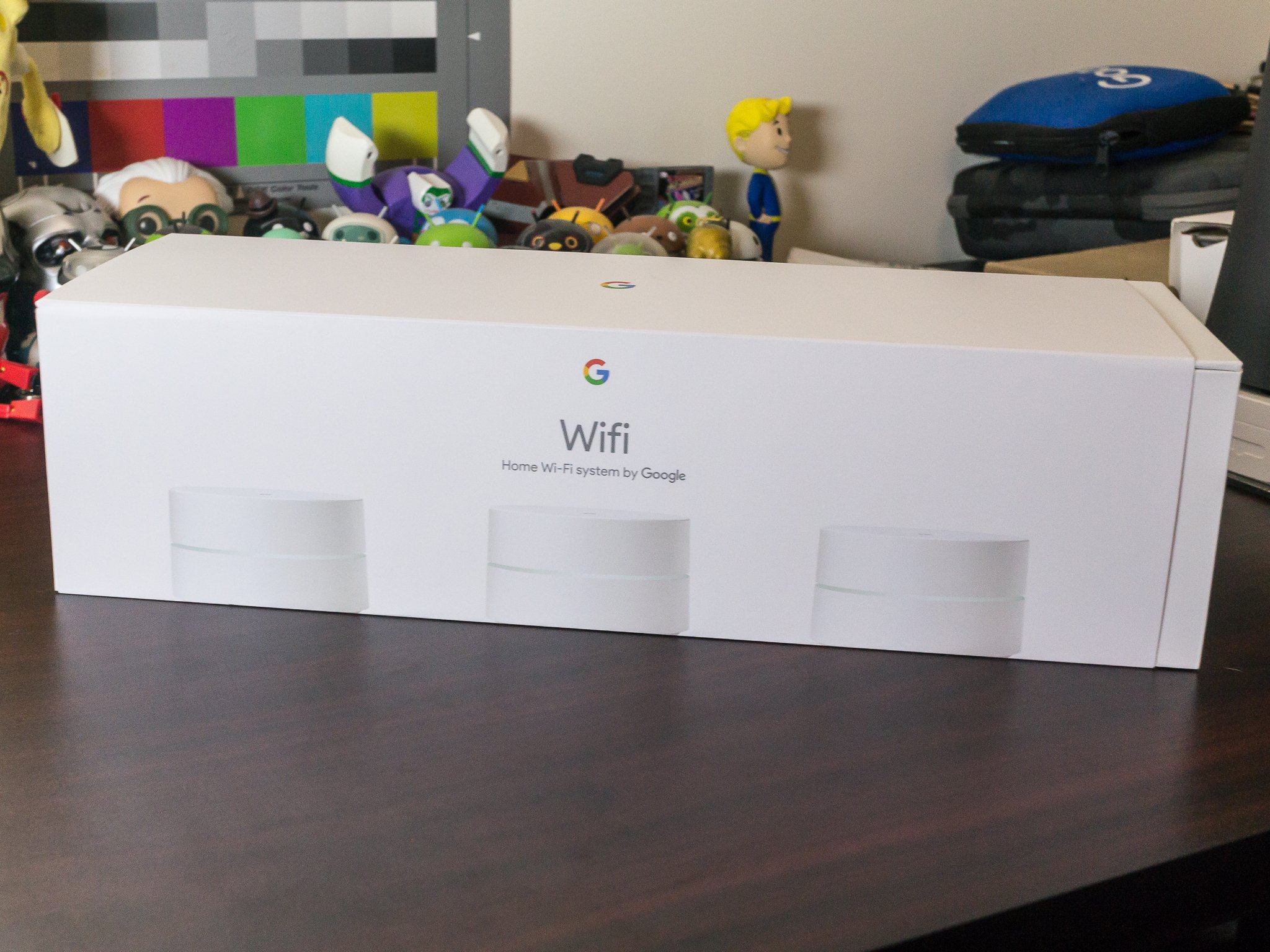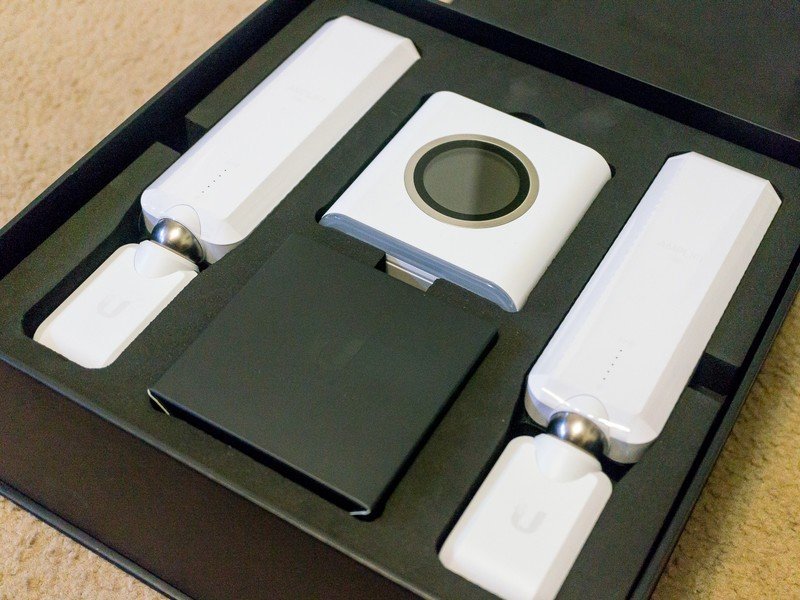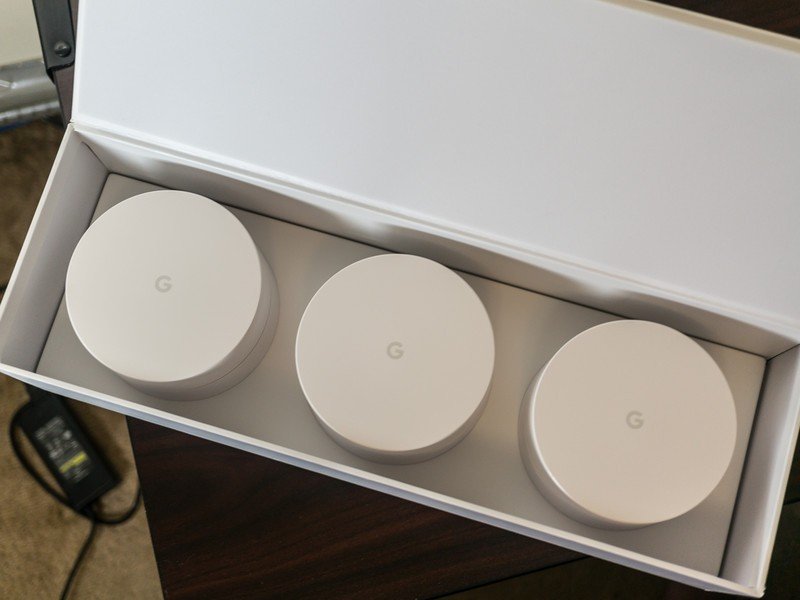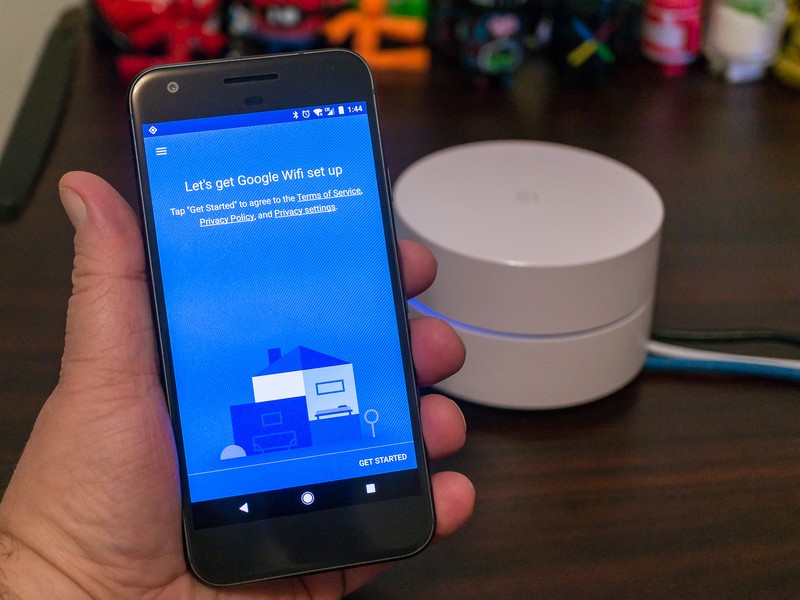When it comes to Wi-Fi mesh networks, more isn't always better

There are a lot of ways to get a radio signal from one place to another. This is as true for your home Wi-Fi setup as it is for any other radio equipment. When it comes to mesh networking, there are two distinct types of setup being offered by a growing handful of companies. Trying to sort out what's best for you and your house can be tough.
More: Do I really need a mesh network?
If you decide that a mesh network is what you need to get good Wi-Fi everywhere you need it, you have quite a few choices. They all are a little different but are designed to be placed around your house so you're always in range of a good, strong Wi-Fi signal. While the concept is the same — several small "stations" close to the places you need them — the number of stations (nodes) you need depends on how your house is laid out.

The wireless signal coming from a mesh access point is like a sphere or a bubble.
Inside this bubble, you have a strong connection to the network. This works great if you can get a network mesh node in a spot to spread that bubble around where you need it. Then you put another bubble in another spot to cover more places. It's a great way to spread the Wi-Fi around your house, but not be blasting it to the neighbor's house where it can interfere with his Wi-Fi. Anyone who lives in a crowded building with a lot of Wi-Fi networks can tell you how difficult it can be to have a good signal because all the channels we use for Wi-Fi are crowded.
More: How Wi-Fi mesh networks work
A setup like Google Wifi has a small number of network nodes. They transmit a strong signal in all directions and two or three nodes (plus the one attached to your router) will cover most houses. They are excellent products that work better than advertised and most anyone who buys into them will be happy with the results. Other products like Netgear's Orbi or Eero are similar — fewer units with each having a (relatively) large range of coverage.
Be an expert in 5 minutes
Get the latest news from Android Central, your trusted companion in the world of Android
An alternative way of doing things is with a product like Plume's Pod system. Plume Pods are tiny. They plug directly into an outlet and have a small signal bubble. You put a Pod everywhere you need one instead of placing one in a spot that can cover multiple rooms. The result is the same — when you're in range of a network node you have a good Wi-Fi signal.
Your house will decide for you

You want Wi-Fi where you need it. Maybe you want it in the bedroom, the living room and the kitchen. You're not concerned about blanketing the garage or storage closet or anywhere else with Wi-Fi. Plume's Pods could be great for you.
Small, short-range Wi-Fi nodes are like a light bulb. One for every room.
The Pods are small, use very little power and have a completely separate channel they use to talk to each other so they aren't using the bandwidth you are for watching a movie or getting online. That means you can use as many Pods as you want. I'm sure there is a limit somewhere, but it's not going to be reached in your home.
They also have a very small range. They are designed to be dropped in the room you need Wi-Fi in. Plume compares them to a light bulb — one in every room. That's a perfect analogy. It's a good thing and a bad thing.
Google Wifi's much larger range per node can be a problem if you have to place them too close together.
Ideally, your phone or TV or whatever you're connecting to Wi-Fi will pick the strongest signal it can attach to. You tell it to connect to MYNETWORK and give it a password, and it connects to MYNETWORK when it finds it. With two powerful satellite nodes in close proximity, it might not connect to the closest one.
Google Wifi's more powerful signal means it needs more room.
This isn't a big deal for something stationary like your TV or a game console. You're not moving either end of the connection. But the phone in your pocket can move from one end of the house to another, and it can get confused about when it's time to grab the stronger signal because it's already connected to a strong signal. As you move around it can get better or worse, and you can end up scanning and hop from one node to another which can affect your network speed.
None of that happens with Plume's Pod system.When you leave the living room, a light bulb doesn't shine through the walls to the bedroom, and a Plume Pod is like a light bulb.

If you have a big house but it's laid out in a way where mesh satellite nodes are too close together (the Google Wifi app does a great job making sure you place them far enough apart, but it's not perfect by any means) you could see problems. You fix those problems by moving the nodes further apart, or by using more access points with a smaller range.
This can be tough in something like a tall, narrow townhouse or row house where a mesh point on each floor will get crowded, but one on the top floor and one on the lowest floor might not cover everywhere. Long, narrow homes can pose the same problem. Think about where a 40-foot bubble will fit without the centers of two of them being too close together.
Either method can give you awesome Wi-Fi throughout your home. If you're not in a situation where you would have two powerful mesh points close to each other, look to things like features and price to help you decide.

Jerry is an amateur woodworker and struggling shade tree mechanic. There's nothing he can't take apart, but many things he can't reassemble. You'll find him writing and speaking his loud opinion on Android Central and occasionally on Threads.
